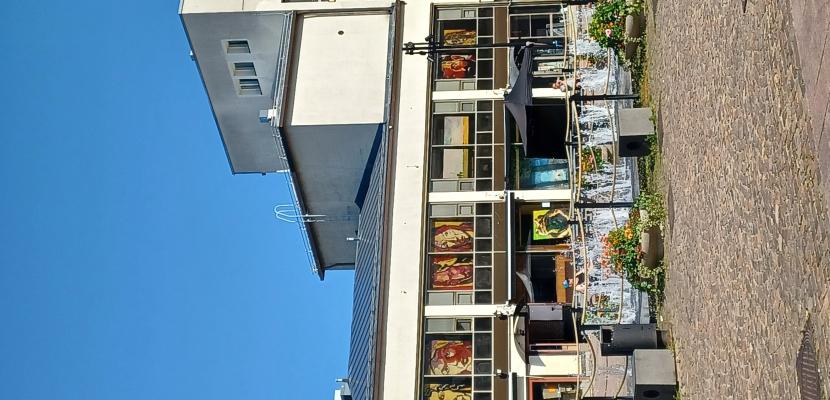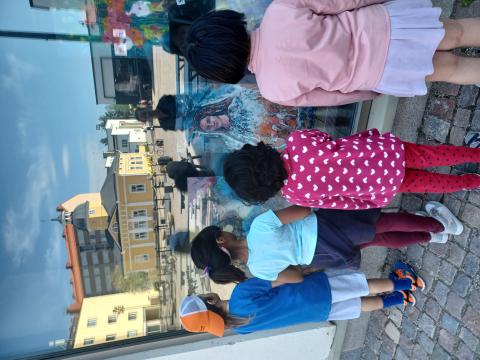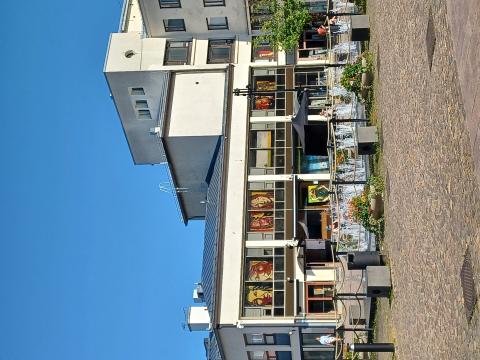
Taidekatu Toivo – Arts Street Hope Kajaani

About this good practice
The problem are silent streets, businesses disappearing from the Kajaani city centre, the need for vitality . Empty spaces in the city centre are a depressing view and not attracting visitors, inhabitants, nor businesses. It is not economically nor ecologically sustainable to keep office space empty.
Non-performing artistic content is added in the empty shops of the City centre of Kajaani, to be easily accessible when walking the street.
The main stakeholders of the practice are the general public, artists, educational institutions starting from the early childhood education, artists’ associations, companies (both the empty spaces & providing artistic content).
The project is adding artistic content to more than 100 meters of empty shops in the city centre. At least 14 different fields of arts: Non-performing arts (e.g. fine arts, floristry, handicrafts, stage design, graffiti..).
Art galleries in empty shops bring benefits to both artists and the local community. Transforming empty shops into art galleries contributes to urban revitalization. It breathes new life into neglected spaces, making them attractive. Increased foot traffic can lead to economic benefits for local businesses, such as cafes, shops, and restaurants.
Art galleries in empty shops bring art accessible. The community can also interact with art, make art themselves (such as workshops for children at school or in daycare). This enhances wellbeing.
Resources needed
An active concept owner as coordinator (Value = Appr. 50 000 € /year, not covered)
Small grants: City of Kajaani (4593 €), OP Kainuu (regional bank), S Maakunta (co-operative retailer, providing space)
An artist pays 60 € for the “window”. Exhibiting their work can boost artists' sales.
Evidence of success
The practice is implementing the Kainuu regional development programme, where the valorization of empty spaces is mentioned.
At least 90 artists were involved during the first 8 months (2023-2024). More than 550 children took part in workshops. A collaboration project with the Kajaani University of Applied Sciences, testing new visitor data collecting methods.
Appr. 15000 persons have experienced the Arts Street Hope.
Appr. 500 individual pieces of art presented. 130 feedback notes collected.
Potential for learning or transfer
Many European regions and cities suffer from a demographic change, and urban transformation.
Organizing art galleries in empty shops to revitalize a city and support urbanization involves a strategic and collaborative approach. It is possible to organise a similar street gallery everywhere in Europe, especially in small cities or rural areas. The concept is easy to adapt.
Sustainability is key: Consider partnerships with local businesses or try to secure funding through grants and sponsorships.
The street gallery is providing vitality, accessibility, safety, visibility for local artists and communities, and education.
Valorization of empty spaces shall be highlighted in development programmes. E.g. In the Kainuu Programme it is mentioned that the existing structures (including office spaces) should be used sustainably, economically, and throughout the year, and this is linked to the aim to better market the region where working and enjoying nature and culture can be combined.
Further information
Images
Website
Good practice owner
You can contact the good practice owner below for more detailed information.

